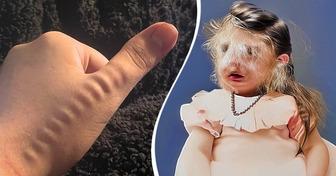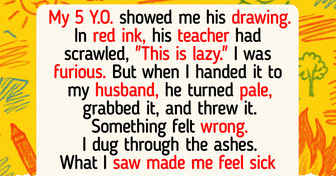“She Can Deceive Herself but Not the Public,” People Are Hotly Debating How Vera Wang’s Instagram Photos Differ From Reality

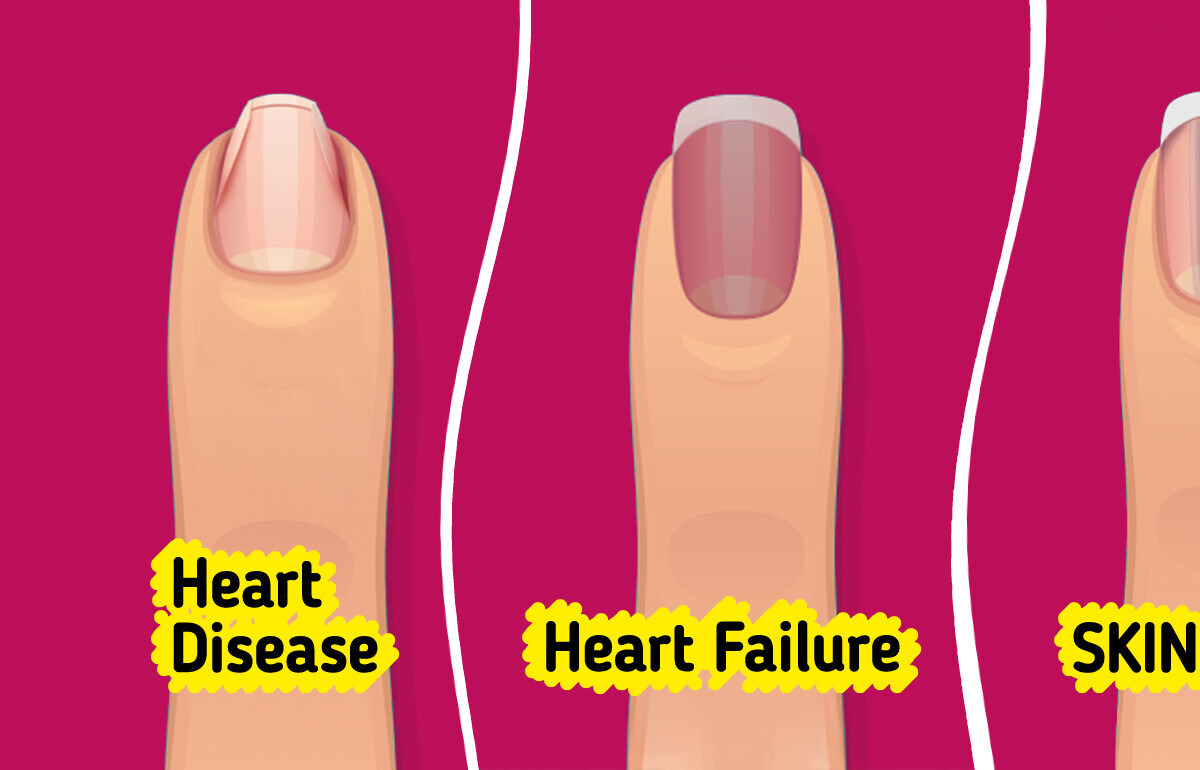
You paint them, clip them, and maybe even decorate them with glitter and rhinestones—but have you ever stopped to listen to what your nails are trying to tell you? Beneath their polished surface, your fingernails and toenails may be offering up clues about your overall well-being. From subtle color shifts to strange growth patterns, these ten little canvases can reveal surprising health insights. Let’s take a closer look at what your nails might be whispering about your body.
DISCLAIMER: The information below is meant to raise awareness. If you notice sudden or dramatic nail changes, don’t wait—seek medical advice for an accurate diagnosis and appropriate treatment.
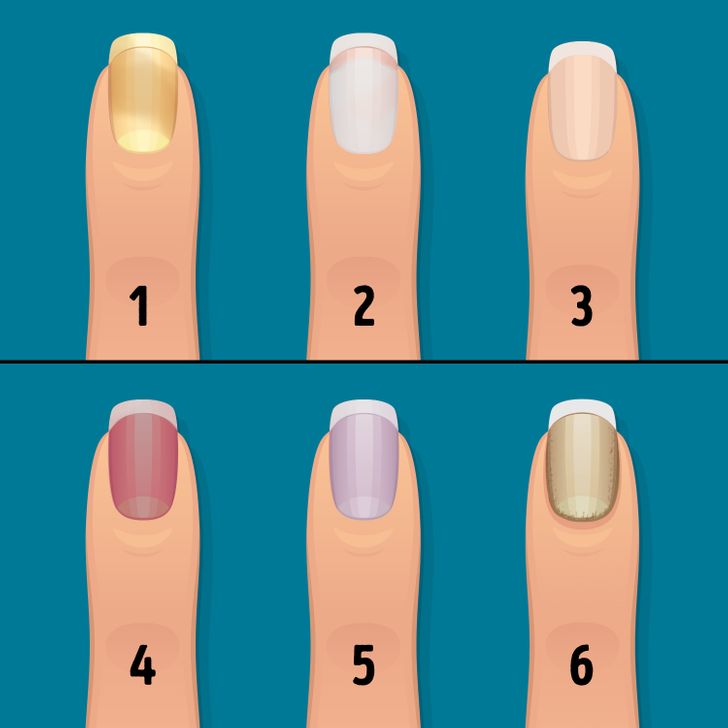
Your nail color isn’t just a cosmetic concern—it can be a medical map. Yellow nails often hint at fungal infections or even chronic respiratory issues, especially if you’re a smoker. When nails appear white with a pink band (called Terry’s nails), it could signal serious health issues like liver disease, diabetes, or even heart failure. As Healthline notes, “Terry’s nails are often associated with aging, but they can also indicate underlying illness”
Pale nails may suggest anemia or poor circulation, while bluish or purple hues could indicate a lack of oxygen in your blood—potentially pointing to lung or heart conditions. Meanwhile, gray nails might be linked to medication side effects, and brown nails can be a red flag for thyroid problems.
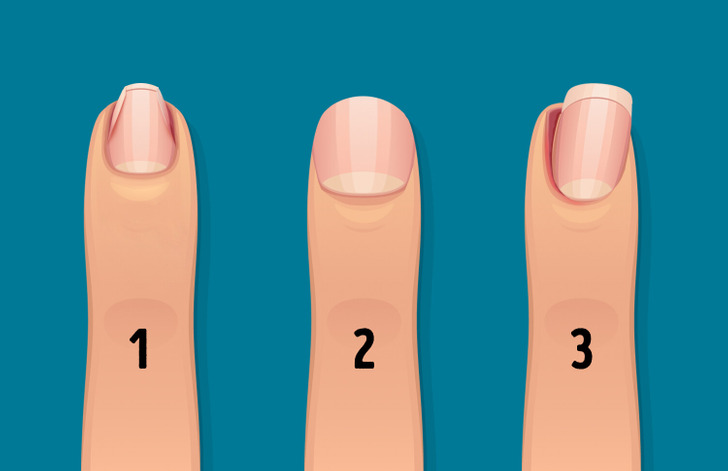
Odd nail shapes can also be telling. Spoon-shaped nails (koilonychia) may reflect an iron deficiency or cardiovascular issue. Clubbed nails, where fingertips enlarge and nails curve down, often correlate with lung problems or even gastrointestinal diseases. If your nails are detaching from the nail bed, hyperthyroidism or psoriasis could be the culprit.
Half-and-half (Lindsay’s) nails and Muehrcke’s lines are two subtle markers that often fly under the radar. In half-and-half nails, “the proximal portion of each nail is whitish, and the distal portion ... is red, pink, or brown,” a pattern most frequently linked to chronic kidney disease but also seen in liver cirrhosis and Crohn’s disease.
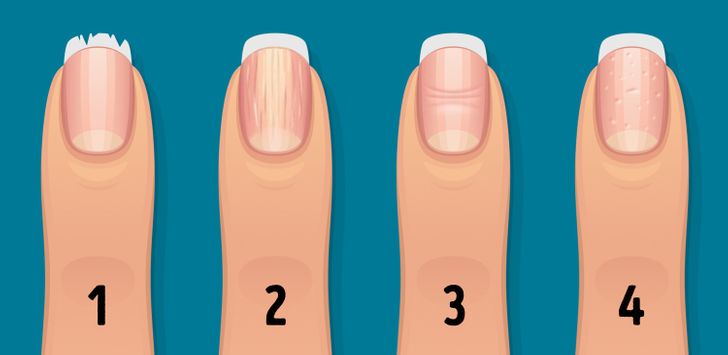
The appearance of dark streaks or lines under the nail, known as splinter hemorrhages, can be due to tiny blood clots damaging small capillaries under the nails. While they may result from trauma, they can also indicate underlying conditions such as endocarditis (infection of the heart’s inner lining) or vasculitis.
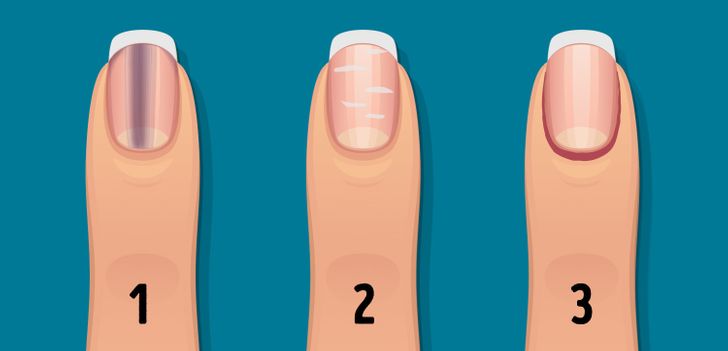
Yellow nail syndrome is far more than cosmetic staining; experts note that it is “a rare disorder characterized by a triad of yellow nails, lymphedema, and respiratory tract involvement,” so chronic cough or leg swelling alongside slow-growing yellow nails should raise suspicion.

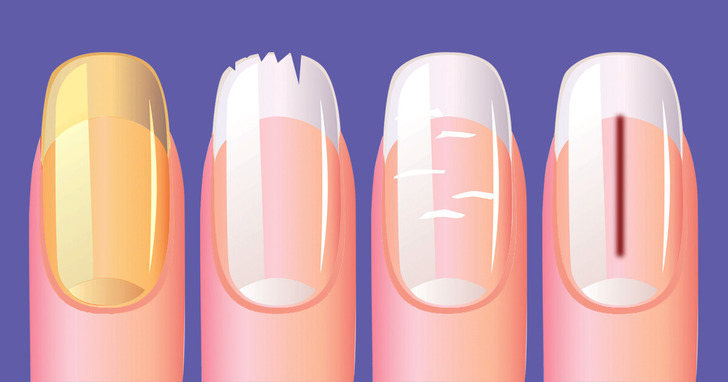
Your nails aren’t just there for aesthetics; they’re like tiny reporters broadcasting health bulletins from your body. If they’re changing color, texture, or shape, don’t overlook it. Think of them as your first responders—delivering critical information, one ridge or hue at a time.
And don’t go far—your feet have some messages of their own. Curious about what they’re saying? Stay tuned for our next piece.



